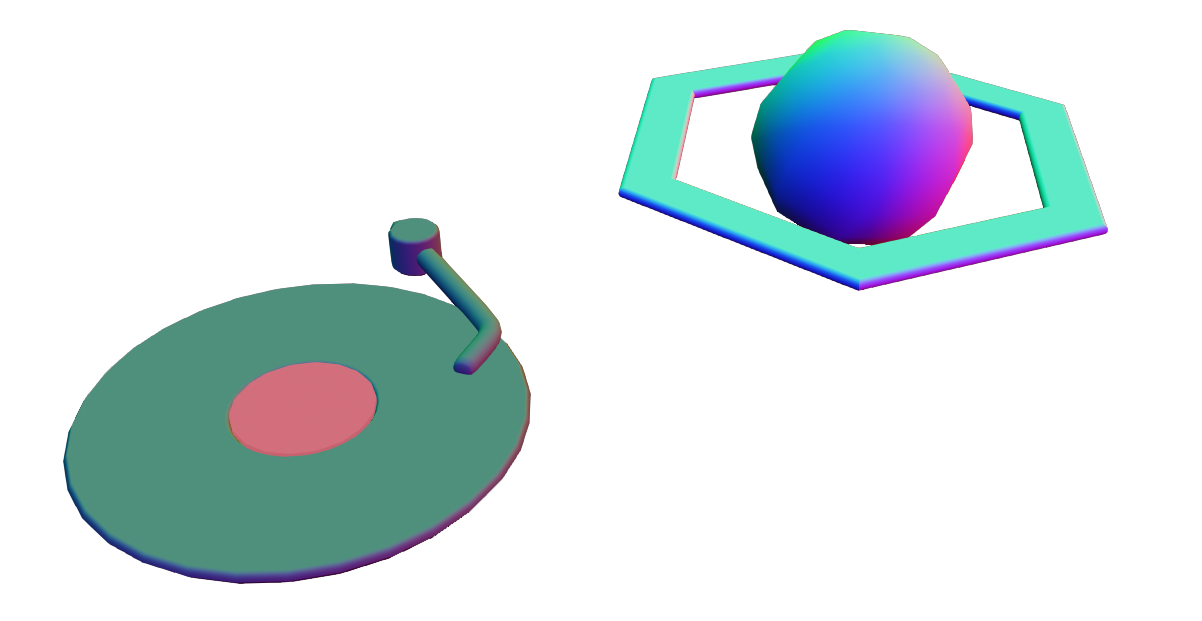A Planet is a Vinyl + One dimension

As a basic concept, playing an Interplanetary player is playing with a Sphere, think about adding an extra dimension to a vinyl record, and the option to maintain or interchange sound parameters. Each card changes the settings in the X, Y, and Z axes and loop time. Each suit combined represents a track, and each deck is an album. You can add as many layers as your browser can handle, creating a rich and complex sound experience. With endless possibilities for listening, and playing, the Interplanetary Players offer a new level of musical creativity and exploration.
Web Player
Each card number is associated with a unique Interplanetary Player configuration that includes a selected set of transformation parameters. You can play the embedded player or switch to full-screen mode for an immersive experience. Additionally, you can play with multiple cards simultaneously, mixing their sounds to create unique sonic experiences every time.
If you are playing on a iphone mobile device, it’s essential to unmute your device first.

To start and stop the sound, press the PLAY/PAUSE ▶️ button.
The XYZ Balance buttons allow you to reset the parameters to their default position, where all transformations are bypassed. Pressing these three buttons will restore the original composition settings.
Use the XYZ knobs to modify the sound parameters of the card. Simply move the slider to your desired position to adjust the sound.
Regenerative button change modes of the interplanetary player can be used.

IP currently support 7 modes:
- xJam: Listen music normally or play with X Y Z knobs to transform music.
- Transit I. Scale = 1 minute ~ 24hs “ X Y Z knobs change depending on transit date, impact parameter, amd duration of the transit.
- Transit II. Scale = 1 second ~ 24hs
- Transit III. Scale = 50 milisecond ~ 24hs. 4.Transit IIII. Scale 15 miliseconds ~ 24hs.
- Orbit V. Scale 1 minute ~ 24hs. In the Kepler-47 system, each exoplanet’s moves around its twin stars takes a specific amount of time, known as its orbital period.
- Orbit VI. Scale = 1 second ~ 24hs.
- Orbit VII. Scale 15 miliseconds ~ 24hs.
Four transit modes are made with the same measurments in diferent time scales. Three orbit modes are made with the same measurments in diferent time scales.
The XYZ Balance buttons works as info buttons as the user canot override the exoplanet data control of the parameters. When buttons are pressed a hint display appear as an overlay.
– Its binary stars have an orbital period of ∼7.5 days, the shortest known in any CBP system. The innermost planet (Kepler-47 b) has an orbital period of ∼49.5 days, and is the smallest of the known CBPs (∼3R⊕). The Uranus-size outer planet (Kepler-47 c) has a ∼303 day orbit, placing it well within the habitable zone – <
Jerome A. Orosz et al., “Discovery of a Third Transiting Planet in the Kepler-47 Circumbinary System” (2019, AJ 157 174).